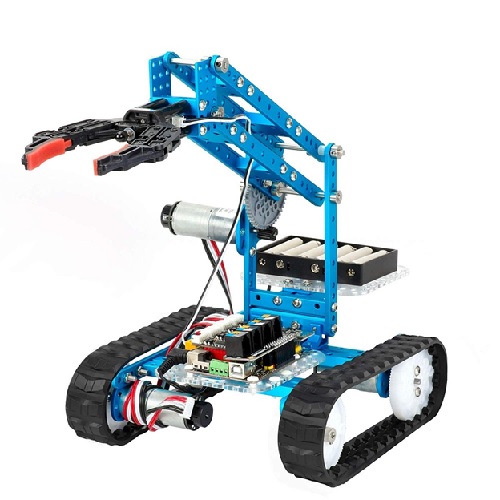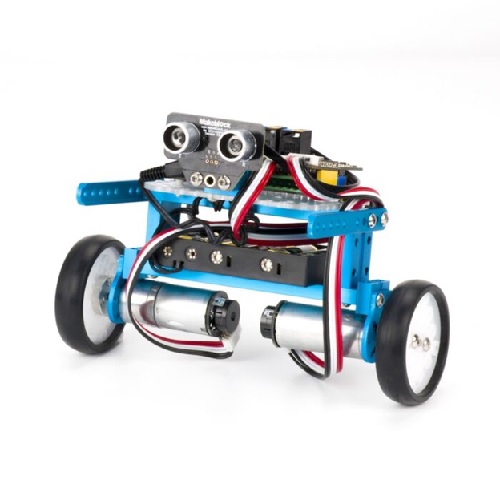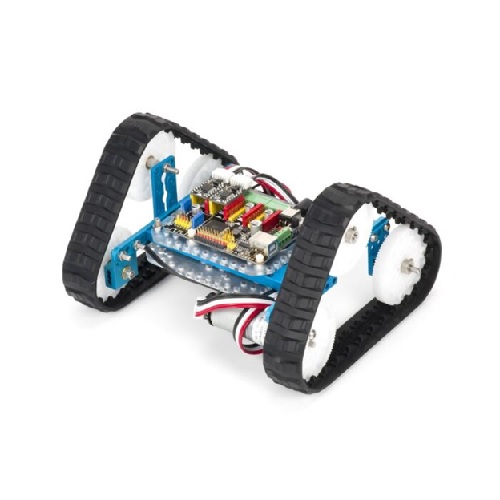Robotics & AI Kit
₹11,823.00 (Price is Exclusive of GST)
Robotics & AI Kit
- Expansion Board – 1
- Microcontroller Board/ Microprocessor Board – 1
- Ultrasonic Sensor – 2
- Potentiometer Module – 4
- Light Sensor – 4
- Servo Motor – 6
- Magnetic Sensor – 1
- LED Module – 4
- Flame Sensor – 1
- Push To Lock Switch Module – 4
- IR Sensor – 1
- DC Motor – 4
- Microcontroller Board/ Microprocessor Board – 1
- Soil Moisture Sensor – 1
- Push Button Switch Module – 4
- Seven Segment Display – 1
- Temperature Sensor – 1
- Buzzer Module – 1
Description
Robotics & AI Kit
The Intermediate Robotics & AI Kit is a comprehensive set of components designed for budding engineers and enthusiasts. It includes a range of sensors and modules to explore various aspects of robotics and artificial intelligence. The kit features an expansion board, a microcontroller or microprocessor board, various Sensors like IR, Magnetic, Flame, Light, Temperature, Soil Moisture, and Ultrasonic sensors for diverse environmental interactions.
For motion control, it features DC and Servo Motors. User input is handled by Potentiometer, Push Button, and Push To Lock Switch modules. The kit also includes an LED Module, Buzzer Module, and Seven Segment Display for output and feedback.
This kit is ideal for creating AI-powered robotics projects, from basic sensing and control to more advanced automation tasks.
Using the Intermediate Robotics & AI Kit, students can learn a variety of skills, including:
- Microcontroller Programming: How to program a microcontroller to control various sensors and actuators, enabling them to build functional robotic systems.
- Sensor Integration: Understanding how different sensors like IR, magnetic, flame, light, temperature, soil moisture, and ultrasonic work and how to integrate them into projects for environmental interaction and data collection.
- Motion Control: Mastery of controlling DC and servo motors to create movement in robotic systems, learning the principles of robotics motion.
- User Interface Design: Using potentiometers, push buttons, and switches to create user interfaces for controlling robotic functions.
- Feedback Systems: Implementing LED and buzzer modules for visual and auditory feedback, and using seven-segment displays to show data or system statuses.
- Problem-Solving: Applying critical thinking to design, troubleshoot, and optimize robotic systems, fostering innovation and creativity in technology.
- AI and Automation Basics: Gaining introductory knowledge in AI by using sensors and actuators to automate tasks, setting the foundation for more advanced AI applications.












Reviews
There are no reviews yet.